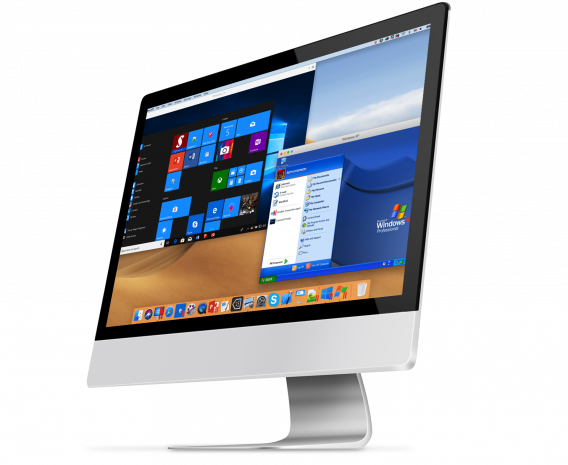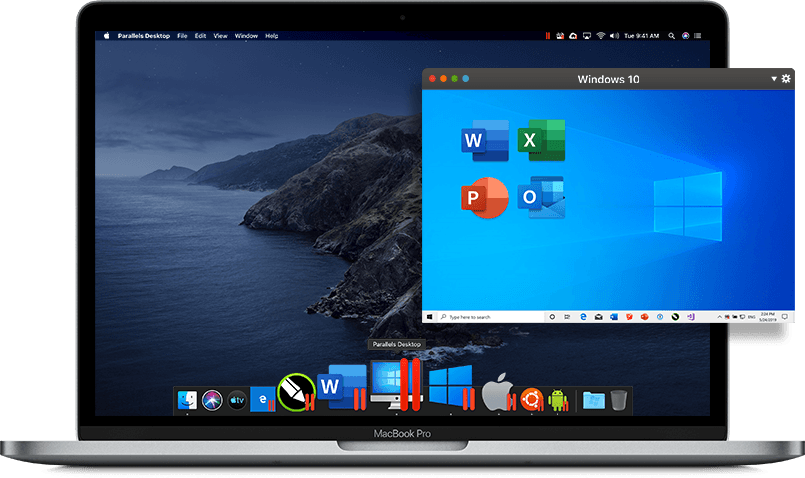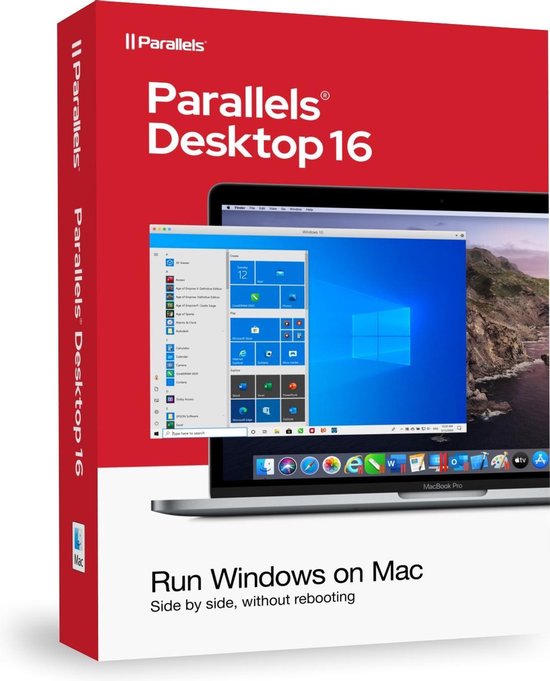

- WHERE CAN I BUY PARALLELS FOR MAC FOR MAC
- WHERE CAN I BUY PARALLELS FOR MAC INSTALL
- WHERE CAN I BUY PARALLELS FOR MAC WINDOWS 10
- WHERE CAN I BUY PARALLELS FOR MAC PRO
Both Windows and the PC version of Dragon are based on x86 chip architecture. More alarming, though, is the inability to run a Windows virtual machine via Parallels Desktop or similar. (UPDATE: see bottom of this post – 6.0.8 does not work on M1 Macs.) Dragon needs to get its hooks into your operating system in order to function properly if the conversion doesn’t work, there won’t be a fix coming. Whether this can be successfully emulated to run on the new Apple Silicon, however, is a lottery.
WHERE CAN I BUY PARALLELS FOR MAC FOR MAC
The last version, Dragon Professional Individual for Mac 6.0.8, is now over two years old and is only officially compatible with High Sierra (although plenty of people still have it working just fine on more recent versions of macOS). This almost certainly won’t be the case for Dragon, though.

Most of the Mac programs you use on an Intel device will continue to work just fine, they say, on an M1 chip until newer, fully optimised versions arrive. That means they can’t run your old Mac software unless it is “emulated”, something Apple states their new Big Sur operating system can do via their Rosetta 2 conversion trickery. The new ARM chips are not compatible with the x86 instruction set found in Intel processors. Apple can now make strides in both speed and battery life. With M1 (and future chip designs), that all changes. For years, razor-thin Apple devices have been hampered by Intel’s hot, power-hungry chips. This is hugely beneficial for Apple – they get to take all of their chip manufacturing in-house, not relying on Intel or anyone else for supply or making progressive leaps forward in speed or efficiency. That’s because Apple’s M1 chip is based on ARM architecture, similar to the processors you will find in your iPhone or iPad. With these new chips, both of these options may have hit a brick wall. Most people have been getting by with using their old copy or had made the leap to running the Windows version via a Parallels virtual machine (VM) or similar. While this could represent a huge leap forward for the Mac platform, it’s significantly problematic for any Mac users of Dragon dictation software.Īs we all know, Nuance discontinued Dragon for the Mac platform back in 2018.
WHERE CAN I BUY PARALLELS FOR MAC PRO
Well, that day has come: new MacBook Air, MacBook Pro and Mac mini models have landed sporting the new M1 chip. They announced this back in June and confidently claimed the first Apple Silicon machines would arrive before year end. One thing we all knew, however, was that Apple was planning to replace Intel chips in all Macs over the course of a two-year period. The program requires 600MB in storage.To say 2020 has been unpredictable is an understatement. Parallels Desktop 17 for Mac starts at $79.99 per year for a new license. So when the OS officially launches later this year, Parallels should be able to run it without problem.
WHERE CAN I BUY PARALLELS FOR MAC INSTALL
The latest version of Parallels Desktop also includes a virtual TPM chip, a requirement to install the final version of Windows 11.

In either case, both Macs can already run Windows 11 Insider Previews via Parallels after going through several steps. Intel-based Macs, on the other hand, will be able to run the x86-version of Windows 11 through Parallels. Hence, the experience is largely limited to using ARM-based apps, although Microsoft is working on an ARM emulator to run x86-based Windows apps. However, running Windows 11 on an M1 Mac with Parallels does come with a catch: You’ll only be able to run the ARM-based version of Windows 11, not the x86 Intel-compatible version of the operating system.
WHERE CAN I BUY PARALLELS FOR MAC WINDOWS 10
These Macs have dropped Intel’s CPUs and Boot Camp, a free utility to install and run Windows 10 on the computer. Parallels Desktop is especially useful if you own one of Apple’s newest Macs built with the company’s ARM-based M1 chips.



 0 kommentar(er)
0 kommentar(er)
